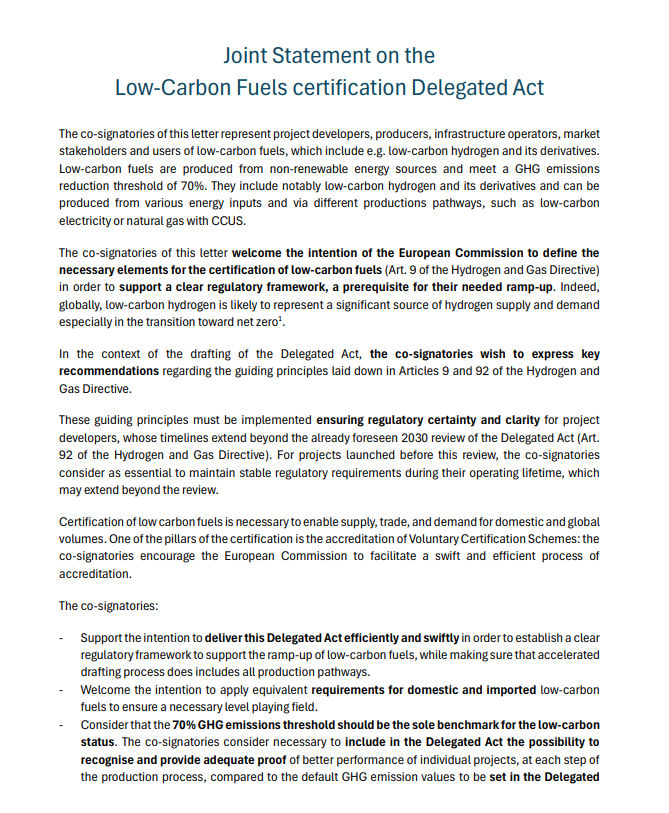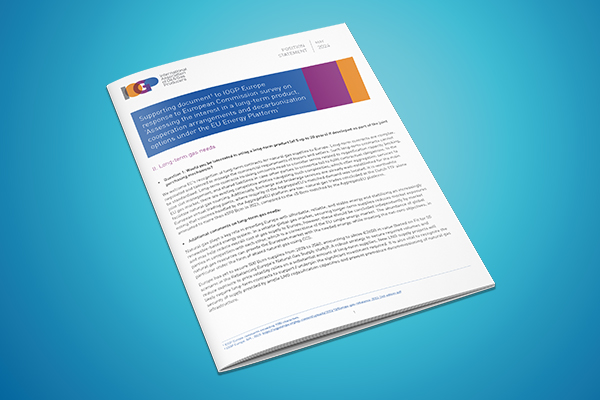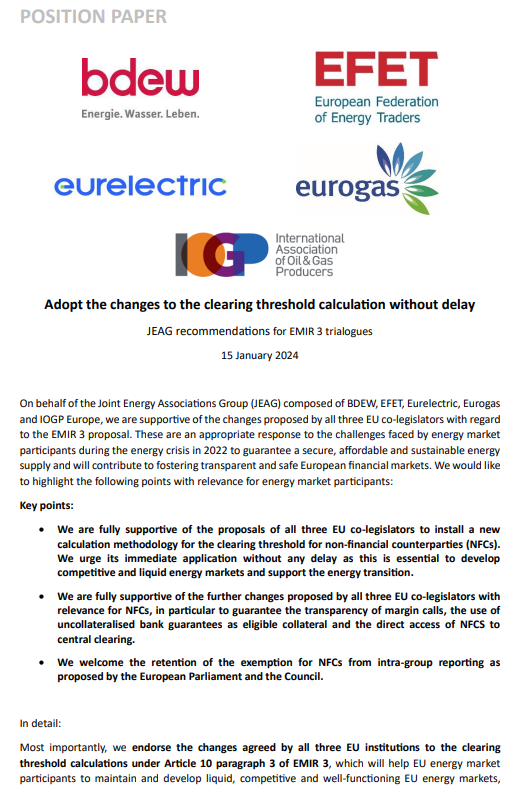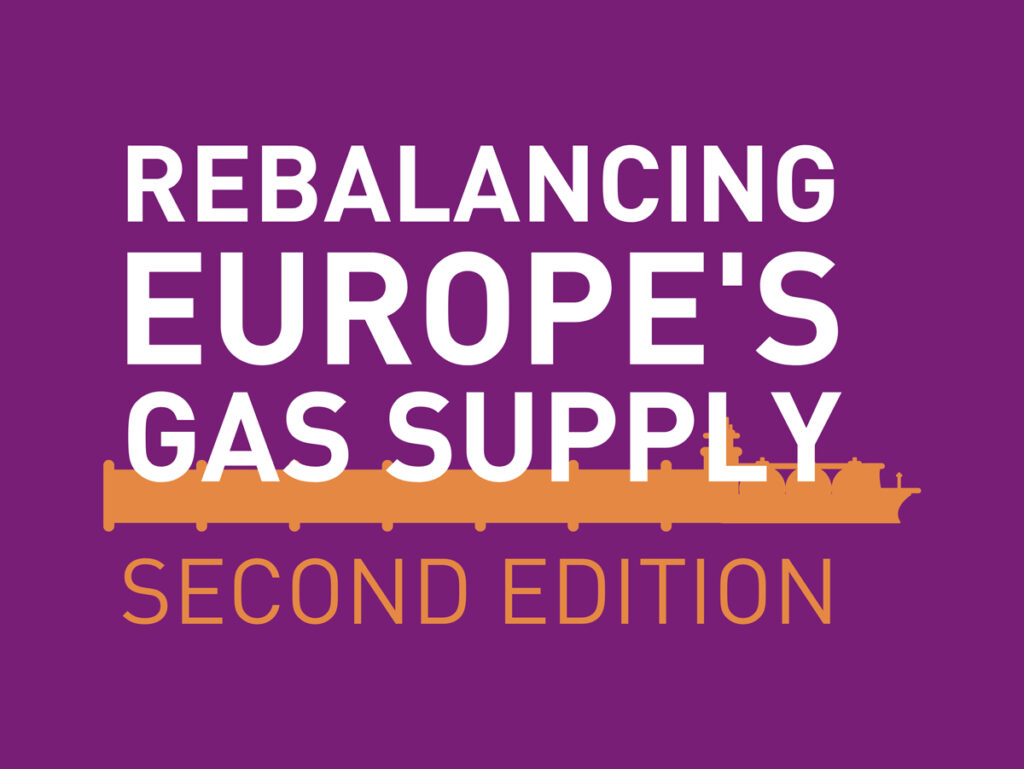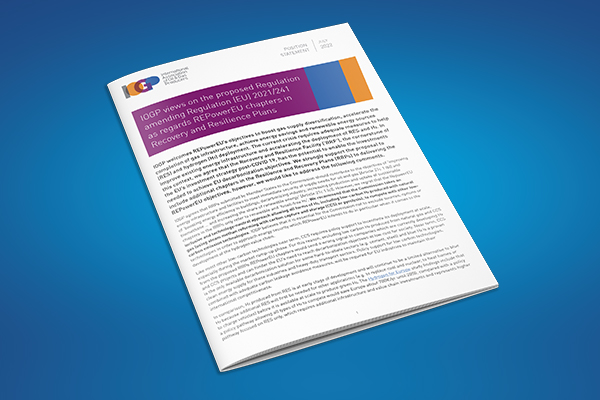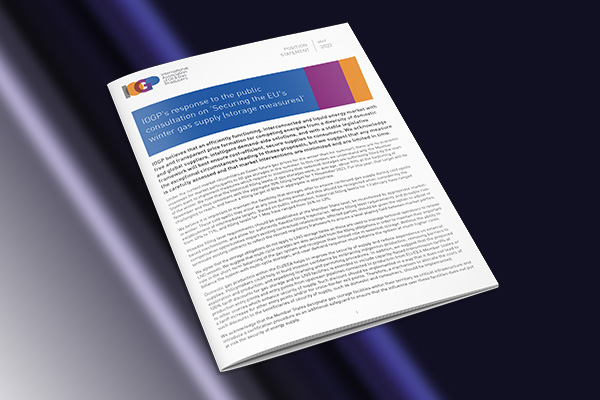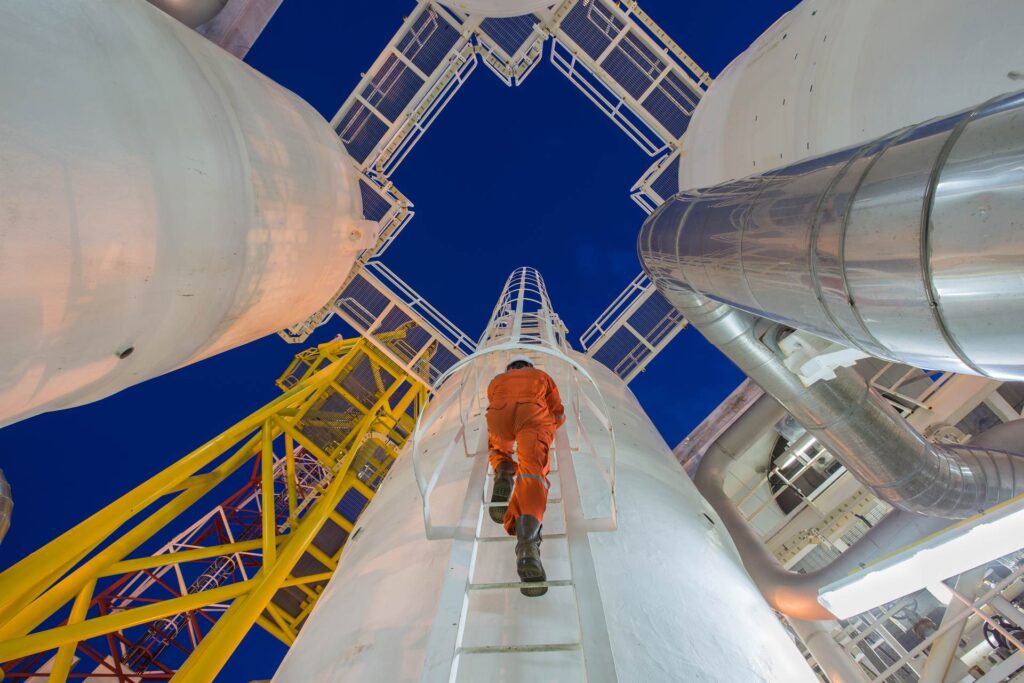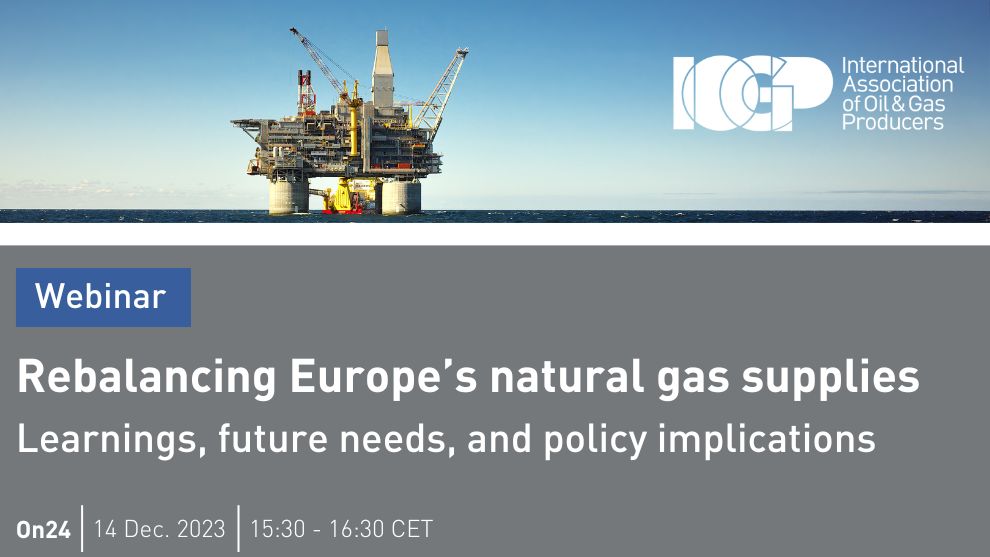Europe’s energy market proves resilient in 2022 – ensures energy security
Brussels, February 24
The European energy market weathered a remarkable year in 2022, with gas market tightness aggravated by the post-COVID demand recovery and the consequences of the conflict in Ukraine. Despite these challenges, a boost in alternative LNG supplies combined with mild weather succeeded in limiting the supply deficit and putting Europe in a stronger position ahead of next winter.
In 2022, annual Russian piped exports to Europe fell by over 50%, or 84 billion cubic meters (Bcm), resulting in a significant supply gap. However, this shortfall was compensated in large part by a 67% or 65 Bcm increase in LNG imports, from 96 Bcm in 2021 to 160 Bcm in 2022. By the end of the year, Europe's gas demand had dropped by 51 Bcm, or around 10% year-on-year.1
"Europe’s integrated energy market attracted large amounts of alternative supplies – this is a testament to the work of those who spent decades successfully building this market” noted François Régis Mouton, Regional Director Europe at IOGP. "We expect market tightness to ease around end 2025 as new projects come onstream; until then, the impact of high energy prices on vulnerable consumers and strategic sectors should be addressed through targeted measures" he added.
The market's ability to source alternative supplies, coupled with reduced consumer demand and mild weather, are expected to see Europe's gas storage sit at over 50% capacity by the end of winter, double the annual average and a positive indicator ahead of next winter.
These trends are reassuring and show that the EU is on track to substitute Russian imports in a relatively short amount of time.
1 Figures from Rystad Energy


